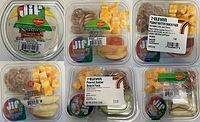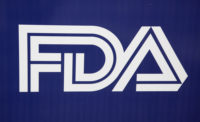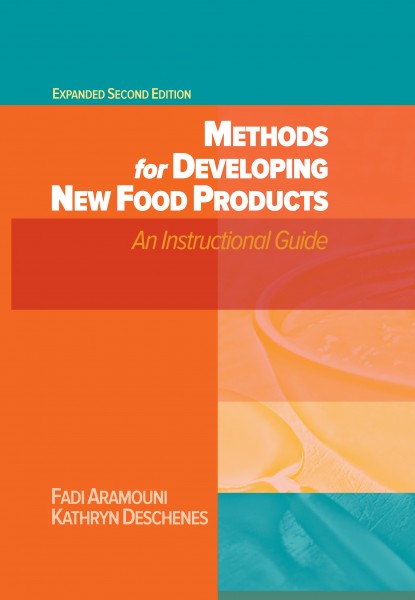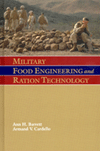The FDA should produce food plant inspection records
“I am nothing short of outraged at the increasing number of outbreaks of food-borne illness in this country,” Harkin said. “Everything from spinach and lettuce to beef products and, now, peanut products has been implicated. Within the last year, we had the biggest recall ever under USDA jurisdiction. And just in the last month, with the recall of peanut products from the Peanut Corporation of
The pressure on FDA over the tainted peanut butter extends to the White House as well. In a nationally broadcast interview earlier this month, President Obama criticized the agency for not reacting quickly enough to the outbreak.
“At a bare minimum, we should be able to count on our government keeping our kids safe when they eat peanut butter,” the President said.
The Grocery Manufacturers Association, a food industry lobbyist, issued a statement saying it has encouraged a thorough FDA review for some time.
“For the past 18 months, GMA has advocated strengthening
GMA has called for increasing FDA funding to $900 million per year, so the agency can hire more scientific experts, increase the number of inspectors and modernize its laboratory and information technology systems.
The group also urged adoption of a food safety inspection approach so that resources are spent on the foods and facilities that pose the greatest threat.




